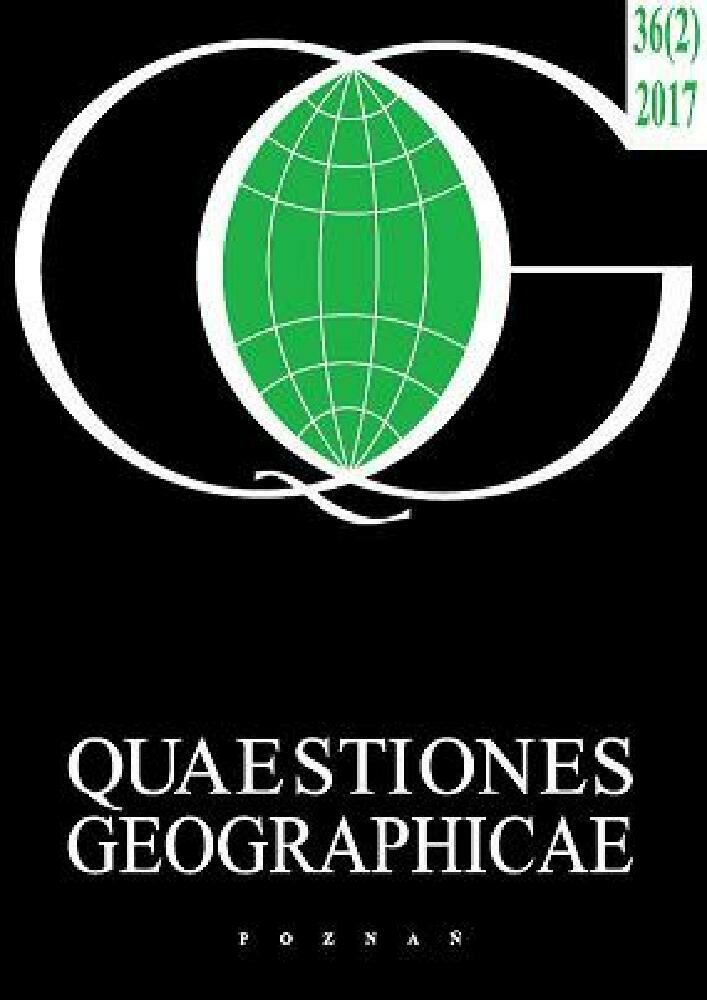Abstract
The European dairy sector is currently facing unprecedented challenges under a transforming policy and a market regime. The expected changes will have relevant consequences for land use, the landscape, and the environment in rural areas dominated by dairy farming. Within this context, the aim of this paper is twofold. First, key characteristics of milk production in the region of North Karelia will be illustrated. Secondly, some light will be shed on dairy farmers’ challenges and adaptations to the dairy sector’s structural changes, and to what extent they contribute to the resilience of agricultural systems. In the light of an evident milk crisis, the findings suggest that farmers’ key challenge is the profitability of running a dairy enterprise. One of the consequences of the poor economic situation is the pressure to make investments in the conditions of a constantly changing policy. Flexibility and the ability to understand future trends are fundamental in adapting to socio-economic changes and unpredictability. Adaptation to unpredictability would not be possible without a key characteristic of farming activity: agriculture is not only a source of an income, but also a way of life, a sense of belonging to the land that significantly affects farmers’ decision-making.
References
Burton R.J.F., 2004. Seeing through the ‘good farmer’s’ eyes: Towards developing an understanding of the social symbolic value of ‘productivist behaviour’. Sociologia Ruralis 44(2): 195–215.
Darnhofer, I., 2010. Strategies of family farms to strengthen their resilience. Environmental Policy and Governance 20: 212–222.
Darnhofer I., Bellon S., Dedieu B., Milestad R., 2010. Adaptiveness to enhance the sustainability of farming systems. A review. Agronomy for sustainable development 30 (3): 545–555.
Darnhofer I., Lamine C., Strauss A., Navarrete M., 2016. The resilience of family farms: Towards a relational approach. Journal of Rural Studies 44: 111–122.
EU 2015. The end of the milk quotas. European commission, Agriculture and Rural Development. http://ec.europa.eu/agriculture/milk-quota-end/index_en.htm (accessed 3 March 2017).
European Parliamentary Research Service 2015. The future of the EU dairy sector. http://www.europarl.europa.eu/RegData/etudes/BRIE/2015/569012/EPRS_BRI(2015)569012_EN.pdf.
Evans N., 2009. Adjustment strategies revisited: Agricultural change in the Welsh Marches. Journal of Rural Studies 25(2): 217–230.
Evans N., Morris C., Winter M., 2002. Conceptualizing agriculture: a critique of post-productivism as the new orthodoxy. Progress in Human Geography 26(3): 313–332.
Feola G., Binder C.R., 2010. Towards an improved understanding of farmers’ behaviour: the integrative agent-centred (IAC) framework. Ecological Economics 69 (12): 2323–2333.
Frewer L.J., Fischer A.R.H., Wentholt M.T.A., Marvin H.J.P., Ooms B.W., Coles D., Rowe G., 2011. The use of Delphi methodology in agrifood policy development: some lessons learned. Technological Forecasting & Social Change 78: 1514–1525.
Groeneveld A., Peerlings J., Bakker M., Heijman W., 2016. The effect of milk quota abolishment on farm intensity: shifts and stability. Wageningen Journal of Life Sciences 77: 25–37.
Huttunen S., Peltomaa J., 2016. Agri-environmental policies and ‘good farming’ in cultivation practices at Finnish farms. Journal of Rural Studies 44: 217–226.
Kings D., Ilbery B., 2010. The environmental belief systems of organic and conventional farmers: Evidence from central-southern England. Journal of Rural Studies 26 (4): 437–448.
Luke (Natural Resources Institute Finland), 2016. Alueittainen maidontutotanto. http://stat.luke.fi/tilasto/26.
Magnaghi A., 2010. Il progetto locale. Verso la coscienza di luogo. Bollati Boringhieri, Settimo Torinese.
McDonald R., Macken-Walsh A., Pierce K., and Horan B., 2014. Farmers in a deregulated dairy regime: insights from Ireland’s new entrants scheme. Land Use Policy: 21–30.
Spencer J., Stewart N., 1973. The nature of agricultural systems. Annals of the Association of American Geographers 63(4): 529–544.
Van der Ploeg J.D., 1994. Styles of farming: an introductory note on the concepts and methodology. In: Van der Ploeg J.D., Long A. (eds), Born from within – practice and perspectives of endogenous rural development. Van Gorcum, Assen: 7–30.
Walker B., Holling C.S., Carpenter S.R., Kinzig A., 2004. Resilience, adaptability, and transformability in social-ecological systems. Ecology and Society 9(2): 5.
Yle, 2014. Lypsylehmien maidontuotanto tuplaantunut 40 vuoden aikana. http://yle.fi/uutiset/3-7404312
Zimmermann A., Heckelei T., 2010. Structural change of European dairy farms: A cross-regional analysis. Journal of Agricultural Economics 63(3): 576–603.
